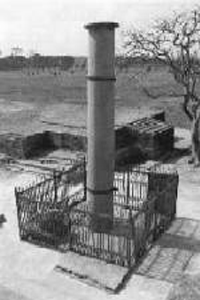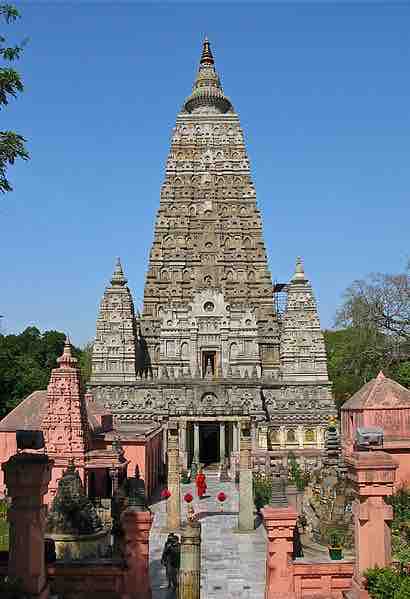Overview: The Maurya Dynasty
The Maurya Empire was a powerful Iron Age empire in ancient India ruled by the Maurya Dynasty from 321-185 BCE. Founded by Chandragupta Maurya, who overthrew the previous Nanda Dynasty, by 320 BCE the empire had fully occupied Northwestern India. With an area of 5 million square kilometers and a population of 50-60 million, it was the first time in history that the subcontinent had been united under a single government. The second emperor of the Maurya Dynasty was the son of Chandragupta, who expanded the empire further but never achieved the same level of notoriety as his own son, Ashoka. By far the most famous emperor of the Maurya Dynasty, Ahsoka is considered one of the most famous rulers in all of Indian history as well as one of the great Buddhist kings. The decline of the Maurya Dynasty took place somewhat rapidly following the death of Ashoka. Historical theories for this include a succession of weak kings and the division of the Empire in two.
From Hinduism to Buddhism
After the Kalinga war (262-261 BCE), Ashoka converted from Hinduism to Buddhism. He preached non-violence and religious acceptance, and he laid a foundation for social harmony and religious transformation across all of India. Ashoka also sponsored the propagation of the Buddhist religion into Sri Lanka, Southeast Asia, and Mediterranean Europe. The conversion of Emperor Ashoka to Buddhism legitimized and popularized the religion much like the conversion of Emperor Constantine to Christianity did. He is famous for ordering that his edicts be carved into stones and caves around the empire and, later, for ordering that his edicts be carved into large sandstone pillars topped with statues of lions, known as the Pillars of Ashoka. These pillars, often exquisitely decorated, are the most widespread example of Mauryan architecture that exists today, with more than 40 spread throughout the Indian subcontinent. The works from this empire represent the earliest surviving remnants of monumental sculpture.

Pillar of Ashoka at Lumbini
The most widespread example of Mauryan architecture that exists today are the Pillars of Ashoka, often exquisitely decorated, with more than 40 spread throughout the Indian subcontinent.
The Barabar Caves and Other Temples
The Barabar Caves are the earliest example of Buddhist rock-cut architecture and were built during the Mauryan period. Attributed to Emperor Ashoka, the caves consist of temples, stupas, and monasteries that are carved elaborately out of granite. The decorated facade of the Lomas Rishi grotto, an offering to the Buddhist sect of the Ajivikas, is a good example of the high degree of craftsmanship.

Barabar Caves
The Barabar Caves in Bihur, built in the 3rd century BCE during the Mauryan period, are the oldest examples of Buddhist rock-cut architecture.
In addition, Ashoka was responsible for erecting several thousand Buddhist temples and stupas across India, such as the Mahabodhi temple. Another famous example includes the Great Stupas at Sanchi, whose gates are lavishly decorated with lions, elephants, figures of fertility, and images from the Jakata tales. Ashoka's patronage of the Buddhist religion greatly influenced the visual iconography of time.

Mahabodhi Temple
The Mahabodhi Temple is one of the many temples erected by Ashoka across India.